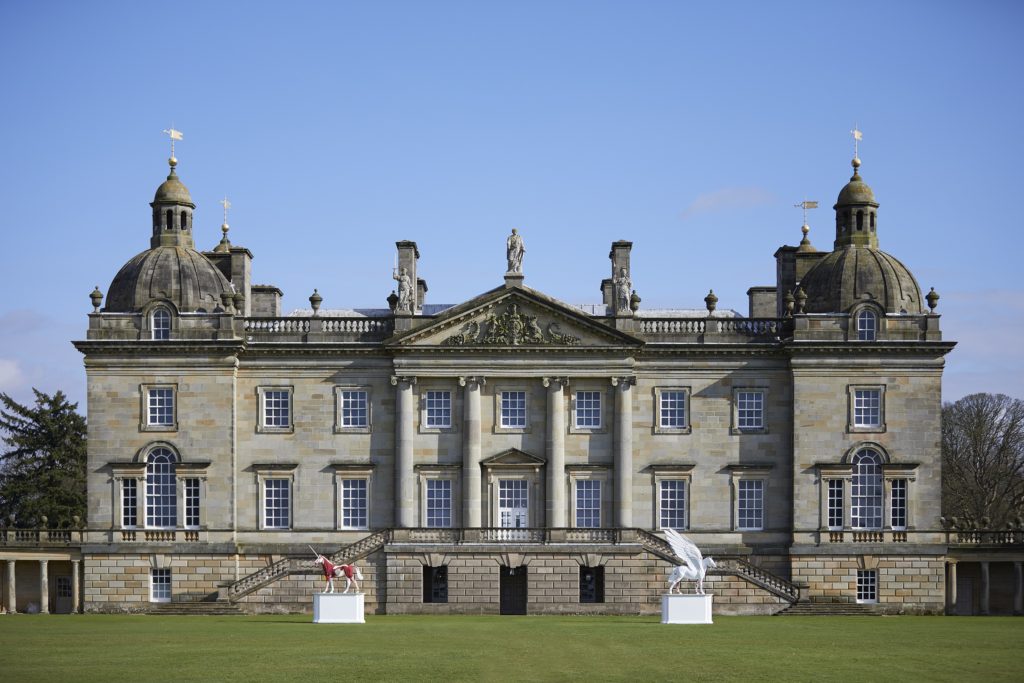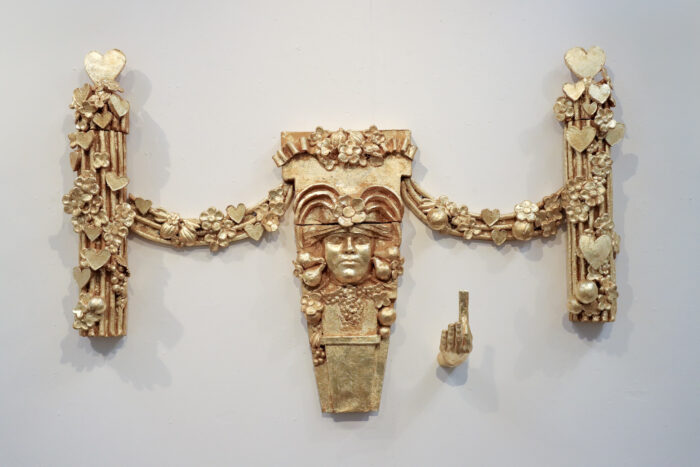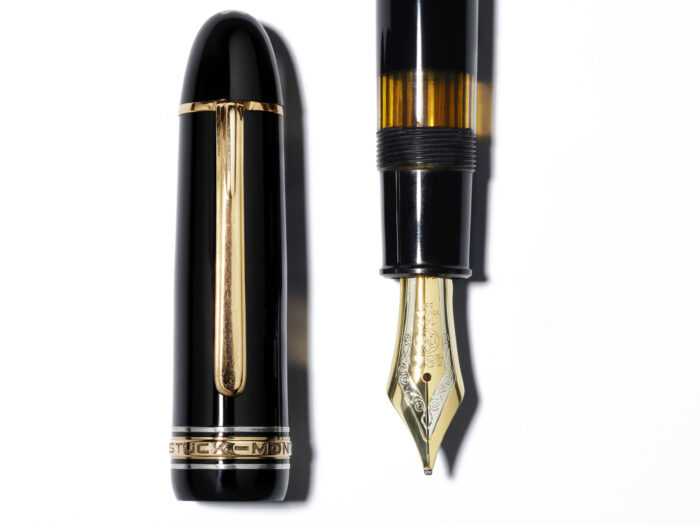Zeitgeist or Bust by Guy Salter

Brands must be anchored culturally to remain engaging, says Guy Salter OBE MVO, our Founder and Chairman.
As featured in Walpole Editorial 18 February 2021.
………………………
Art, culture, luxury, fashion. How natural nowadays to see these bracketed together. At least for those of us who work in luxury. Even arts luminaries wouldn’t look twice, albeit some of the more fastidious with residual distaste at the inclusion of the last two. Just as leading museums home in on fashion, literature, music or gaming to drive visitors, raise profile and stay relevant, especially to new audiences, so brands borrow from contemporary culture (high and, increasingly, low). With an eye on elevating beyond the commercial into something more weighty, worthy and, so the theory goes, impactful. Or, in the case of streetwear, more youthful and edgy. Shopping plus.
If this is no longer the new normal but normal, why too often does it come across as a tad forced, off-key? Just as with ‘experience as the new luxury’, ‘microplastics and the supply chain’ or ‘AI and big data’, it sometimes smacks of a CEO recently back from a conference, whose team has been hastily assembled to fast track some connect-us-with-the-zeitgeist initiative. Tricky to pull off even for the most sure-footed.
So how to play the cultural card? Especially when something can go from cool to cold in a season. I’m certainly no expert but here are a few observations from the road.
Although maybe the first question to pose is whether this interest in things cultural is a passing fad we can and, given how hard it is to do well, should safely ignore? My view is this is no luxury but core to keeping a brand fighting fit and has always been so. When a brand is born, it is naturally of its time and place. Much of which is often bound up in the personability and passions of the founder, often a natural storyteller. Indeed, as an investor, I look for this energy and point of view, as it reflects and resonates, creating traction and cut-through. Dare I say, soul. Critical to creating value.
The challenge is how to preserve that, especially given how quickly moods shift and consumers grow ever more picky and prone to boredom.
At its best, associating ourselves with contemporary culture anchors us in things that are engaging to our customers. In other words, matter to them. But picking the newest or shiniest toy in the arts and culture box isn’t an approach that is likely to work. Indeed, too often it’s a shortcut to ersatzdom.
Rather, my advice is to start at the other end. With the realisation that our brands are often culture-generators in their own right – and may have been for a long time. Plus, as an industry that is essentially selling things that allow people to say something about themselves, we have a more complex two-way relationship with not only our own culture and place of origin but also how that plays across other geographies, resonating (or not).
My advice, therefore, is never to stray too far from our centre of gravity, especially in terms of where our expertise, personality and so ultimate authority lies. This includes, where relevant, not forgetting a word missing from the four I started this piece with: craft. Traditionally considered less exalted but in cultural terms often more powerful, as not only is how something made, literally material to its promise of quality, but it’s likely to be rooted in local disciplines, stories and people, including our own. More accessible and human for many consumers – talking with, rather than talking down.
Knowing and sticking to our base doesn’t mean we shouldn’t strive for the most imaginative and freshest way to tell (or retell) our stories. And sometimes this means reaching half way across the world to collaborate with artists, campaigners or others who share our point of view. And reach new audiences or get existing ones to look again. Ideally avoiding worthiness at all costs, keeping a lightness of touch and preferably a sense of humour stops us coming across as bores, or worse – outsiders looking in.
Finally, along with the responsibility to our own brand to get this right we should remain mindful of its influence, both as a representative of a set of wider cultural values and a vehicle for our customers. For actually this is quite a high-stakes game, especially when tempers run high and instant sharing, or even more instant judgements, are the norm and when anything less than perceived total transparency raises suspicion.
Done well we can enhance our brand’s standing, reinforce our competitive advantage and do some good at the same time. Worst case, we can destroy brand value. Sometimes imperceptibly, sometimes almost overnight. Although overused, maybe it comes back to that lodestar of our industry at its best: authenticity. Being and staying real. And looking for ways old and new to reinforce and emphasise it.
This article was originally published in the 2019 Walpole Book of British Luxury.
………………………
Featured image courtesy of Walpole.
Please feel free to share this page with your family and friends.
Sign up to our newsletter below to get the latest London Craft Week news and curated content delivered straight to your inbox.


